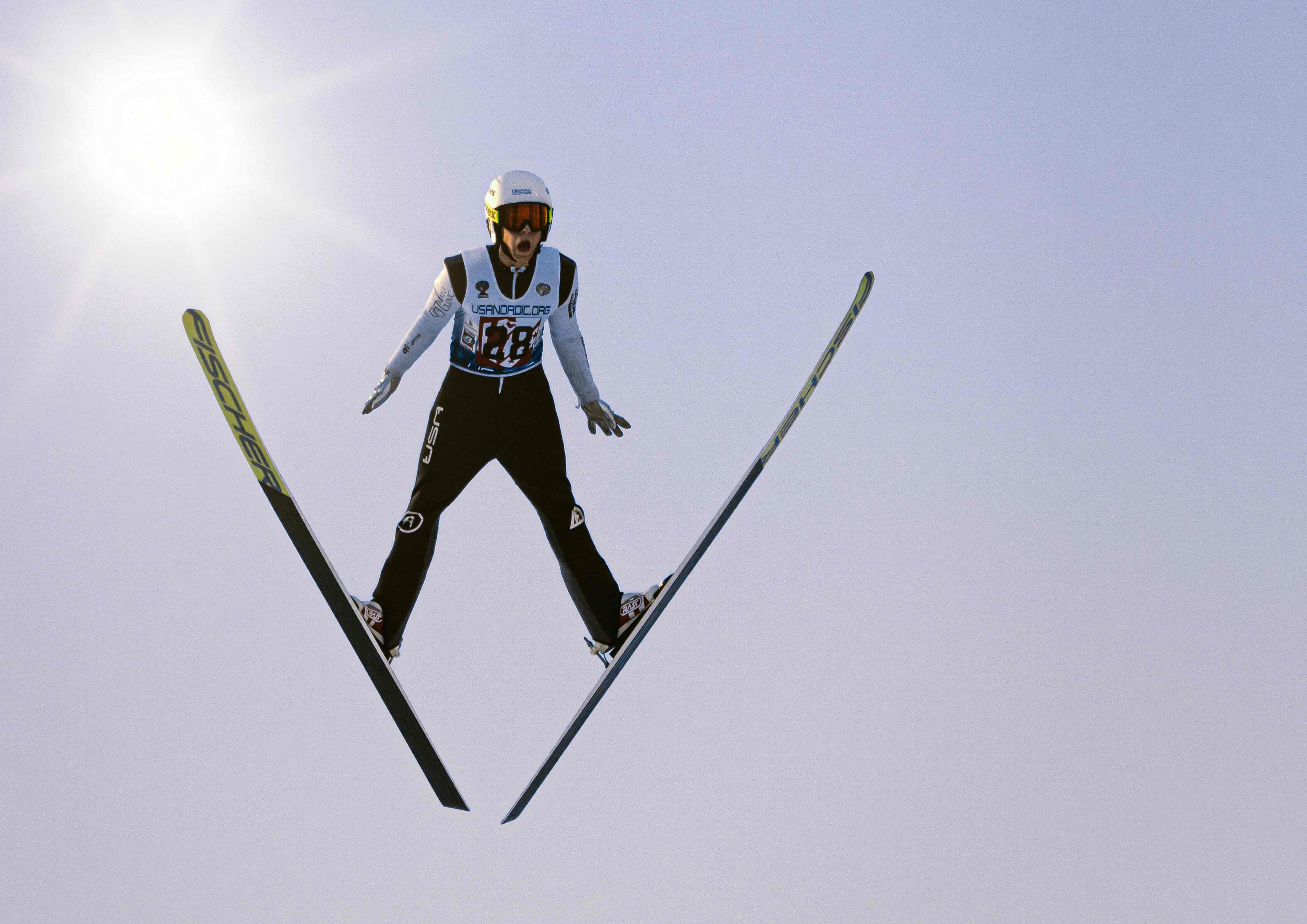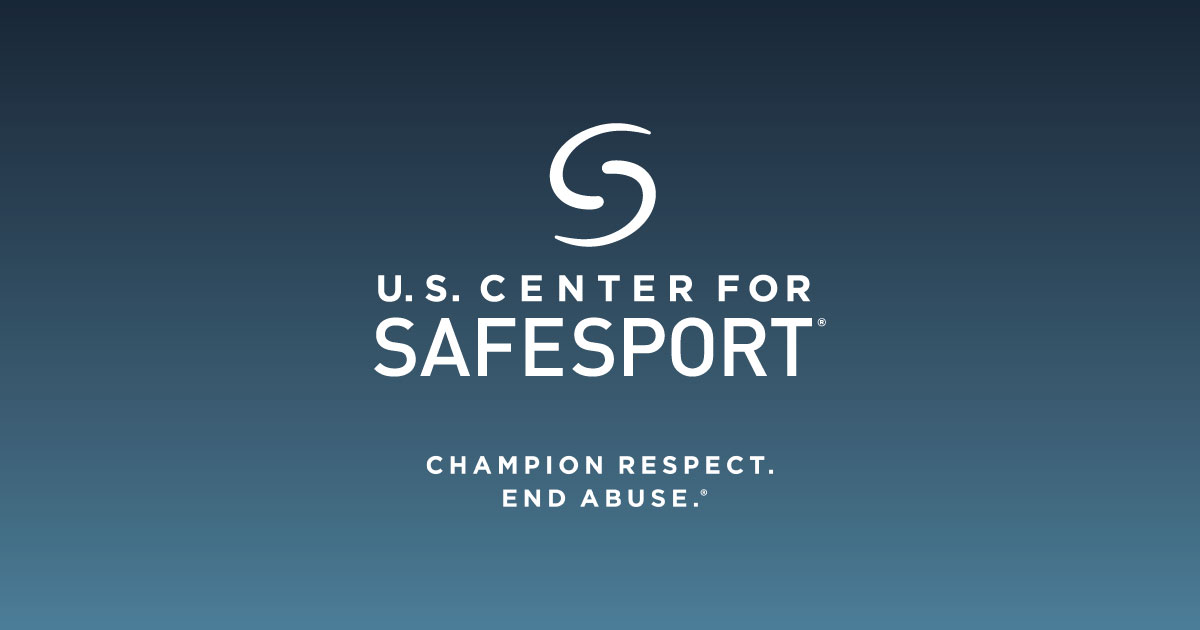-min.jpg)
#WeRideTogether focuses on prevention education and serves to bridge the gap between academia, research, and on-the-ground implementation. In doing so, we strive to work with our partners to gather information on best practices and educate sporting organizations and communities on how to best discuss and implement safeguarding.
One such partner is the Moore Center for the Prevention of Child Sexual Abuse, one of the leading centers dedicated to advancing prevention efforts through science. In December 2024, the Moore Center published a Deep Dive titled Making the Case, centered around how to navigate conversations on child sexual abuse (CSA) prevention.
We all have a role to play in preventing abuse. When we learn about these issues, we decrease stigma and promote positive outcomes for survivors. If we can’t talk about it, we can’t change it. Here are some top takeaways from Making the Case that can help provide you with background knowledge and insights on how to talk about and approach prevention in your sporting community.
10 Key Takeaways:
- There is an inaccurate but prevailing mindset surrounding CSA called fatalism. Fatalism refers to the idea that child sexual abuse is an inevitable evil that cannot be prevented.
Actionable Step: Challenge your own preconceived notions on CSA and in conversations. Name it when people promote fatalism/fatalistic ideas and offer a factual reframe. Research indicates that prevention works to decrease instances of abuse. There are steps that you and your organization can take today to prevent abuse in your sporting community.
Some key ideas to emphasize include how CSA is preventable, how prioritizing prevention is an effective way to stop abuse from happening, and the importance of changing sport cultures that normalize abuse.
- The majority of the time, people who are at risk of committing CSA are aware that their urges are dangerous and struggle with them emotionally. Demonizing people at risk by painting them as irredeemable predators limits the likelihood of prevention program development.
Actionable Step: Challenge preconceived notions and understand that people, with the help of evidence-based prevention programs, have the capacity for change.
For organizations discussing prevention efforts, utilizing a narrative approach that reminds audiences that people at risk of committing CSA are humans is helpful in promoting prevention. Research shows that the most common perpetrators of abuse and misconduct are authority figures and peers, who may be beloved or well-respected in the community.
While it can be hard to accept that good people can do bad things and vice versa, we must build empathy for others – not only does it promote prevention measures, but it also strengthens relationships and decreases the desire to victim blame when abuse occurs.
- Prevention programs work and are some of the most effective tools for combating both abuse and fatalism.
Actionable Step: Research indicates that prevention education requires repeated engagement in order to be as effective as possible – advocate that your school or sporting organization implement prevention measures and offer safeguarding education. A good starting point for looking at the multiple effective prevention programming options available is the Culture of Respect’s Prevention Programming Matrix, linked here.
- Prevention is systemic and relies on multiple factors for success.
We all have a role to play in prevention. Everyone needs to be actively involved in prevention efforts for systemic change to occur - not just parents and children, but those in charge of youth-serving environments as well.
Actionable Step: Discussing concerns surrounding CSA from all stakeholders involved in your athletic community promotes systemic change and fosters well-informed, community-centered prevention measures. This could be through conducting focus groups or through distributing an anonymous survey.
Important questions to ask might include: What are the most prevalent issues concerning safeguarding in your sport? What information or resources do you wish you had regarding safeguarding in your sport? What structures do you wish your organization had in place to prevent abuse?
- Therefore, solutions for CSA need to be systemic as well.
People and policy are interconnected, as policy informs behavioral expectations and instills a broader culture of safeguarding.
Actionable Step: The symbiotic relationship between people and policy requires collective action, where every participant is educated on safeguarding and has clear behavioral expectations based on best practices. A great first step towards collective action is by enacting a code of conduct that sets behavioral expectations for all participants to follow – #WeRideTogether’s Coach Athlete Pledge serves as a great example.
- Solutions need to be tangible and palatable for people to understand.
Actionable Step: Prevention programming for coaches, athletes, parents, and other staff should be applicable to their role in the sporting environment. Implementing a policy that standardizes positive behavior and outlines a clear CSA reporting system is a tangible way to prevent CSA in a way that educates all parties.
A simple step towards prevention that can be implemented in your sporting environment today could be following the ‘Rule of 3’ – where one adult is never alone with one minor athlete in an unobservable environment, and one-on-one interactions are observable, transparent, and easy to interrupt.
- Promoting prevention can occur on a variety of platforms and through a variety of mediums – the most important thing to consider is the message and framing.
Actionable Step: Promote prevention on multiple platforms; for example, through social media posts and PA announcements at sporting events, or through offering education and resources. Ensure your messaging is clear and consistently framed on prevention being a realistic goal we can advance and implement.
Safeguarding education requires repeated exposure in order to be most effective. Consistently providing affirmative messaging through multiple routes helps invoke a cultural shift towards creating and upholding safe and healthy sporting environments.
#WeRideTogether offers an assortment of toolkits to assist coaches, athletes, parents, and organizations in spreading awareness on CSA in athletics.
- Emphasizing the effectiveness of prevention should be the primary focus, and highlighting a specific real-life program engages the audience.
Actionable Step: Standardized implementation of safeguarding policy is a crucial step towards proactively preventing CSA from occurring.
Utilizing multiple programs and policies when developing a safeguarding policy ensures that prevention occurs from all angles. Sport-specific resources like the U.S. Center for SafeSport’s Minor Athlete Abuse Prevention Policies can help inform safeguarding policy in your athletic space. Help Wanted is an excellent evidence-based educational resource designed to prevent people at risk of committing CSA from perpetrating, and Stop it Now! is an adult-focused CSA prevention program that offers additional resources on encouraging healthy behavior in adolescents.
- Understandability is key – know your audience and their level of education and awareness of abuse.
Actionable Step: Safeguarding guidelines should incorporate the nuances of your sport. Education efforts should be appropriately tailored to the age and demographics of your athletes.
A good way to ensure that sport-specific nuance is incorporated into safeguarding policy is through performing a risk assessment. #WeRideTogether has a straightforward tutorial on conducting risk assessments - and why they’re so important – linked here. Risk assessments provide understandability by using sporting community-specific schema to inform policy, which helps to familiarize people new to safeguarding by highlighting the present risk in their environment.
- People are not immune to their social contexts, but presenting prevention through evaluative and affirmative lenses (showing that those at risk of perpetration can be redeemed and CSA is preventable) broadens perspectives and can effectively combat fatalism.
This means we all have inherent biases, or social norms, or thoughts around this topic. Shifting our mindset and keeping focus on prevention works to get us all on the same page.
Actionable Step: Understand where people are coming from and meet them where they are at when initiating dialogue around CSA. Awareness of the evidence promoting CSA prevention effectiveness helps shift the tide.
An important part of raising awareness of CSA is uplifting survivor voices. Elevating survivor stories allows us to confront the truth of what CSA looks like in our communities and learn how to best prevent abuse from occurring in the first place.
At the end of the day, sexual abuse is a societal issue that requires broad collective action to meaningfully change.
There’s a large evidence base supporting multiple CSA prevention programs, but implementing them requires changing prevalent myths about CSA. Starting conversations around CSA can be difficult, but it’s the first step towards meaningful change. If we can't talk about it, we can't change it.
This applies to sports as well – we all have a role to play in preventing CSA in our sporting environments. It’s important that we meet people where they’re at, but still make efforts to challenge misconceptions surrounding CSA prevention. #WeRideTogether is committed to having a strong evidence base – as we recognize that sports prevention should be based on evidence-based best practices – and research shows that preventing CSA is a realistic goal that will take collective action to achieve. The best way to reinforce an affirmative perspective on CSA prevention efforts is to promote prevention and resources across multiple platforms while incorporating sport-specific nuances. Change is possible, but in order for it to occur, we all have to participate in those efforts.

If you or someone you know is currently experiencing abuse, please visit our crisis resources page for additional support.
To read the full Making The Case resource, visit the Moore Center’s page linked here.
Annelise Ware, MHS
Program Manager at #WeRideTogether



-min.jpg)
